D&D creatures that can’t appear in Pathfinder & why
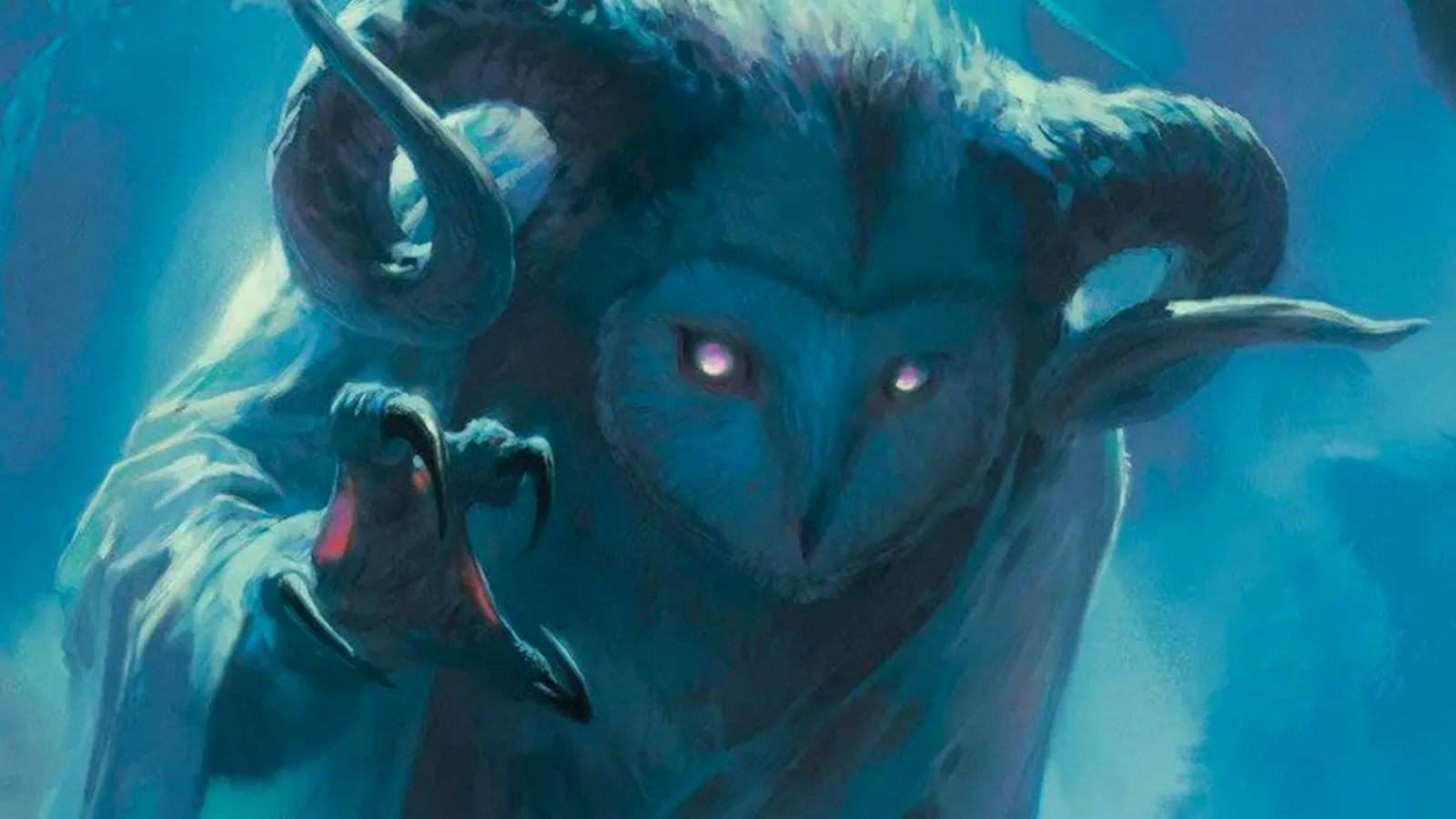 WOTC
WOTCSome of D&D’s most famous beasties are sadly banned from appearing in Pathfinder, and we’ll cover both which and why.
Pathfinder’s first edition began life as a direct alternative to D&D, covering similar narrative space but with its own mechanical and roleplay direction, following a polarised reaction to D&D’s fourth edition. Pathfinder owes a lot to D&D, but for the most part, the two games have been able to happily co-exist, sharing elements like class types and monster design.
Despite this, some specific overlaps between D&D and Pathfinder are strictly forbidden. Certain iconic D&D monsters are closely tied to D&D and owned as Wizards of the Coast’s IP, and their inclusion in Pathfinder would cause far too much of a legal headache. This is sad news for Pathfinder players hoping to encounter some iconic monsters, but nothing a clever DM can’t work around.
We’ll walk you through the most famous and popular D&D monsters that cannot be officially included in Pathfinder, though homebrew games are another matter entirely…
D&D monsters banned in Pathfinder
Beholder
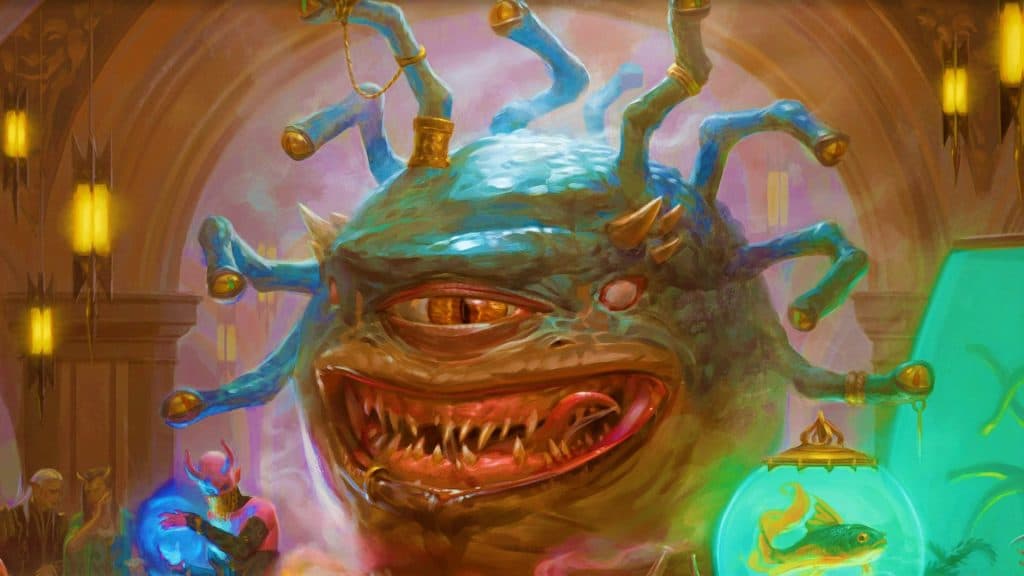 WOTC
WOTCArguably D&D’s most iconic monster, the Beholder has served as a symbol of the game for years, recently gracing 5e’s Monster Manual. Out of any D&D creature to be forbidden from Pathfinder use, it’s understandable that this many-eyed mascot wouldn’t make the cut.
The Gauth is a subset of Beholderkin that is also owned by Wizards and cannot be officially transferred into Pathfinder. These flying foes may be smaller than regular Beholders, but their greed is no less great.
Carrion Crawler
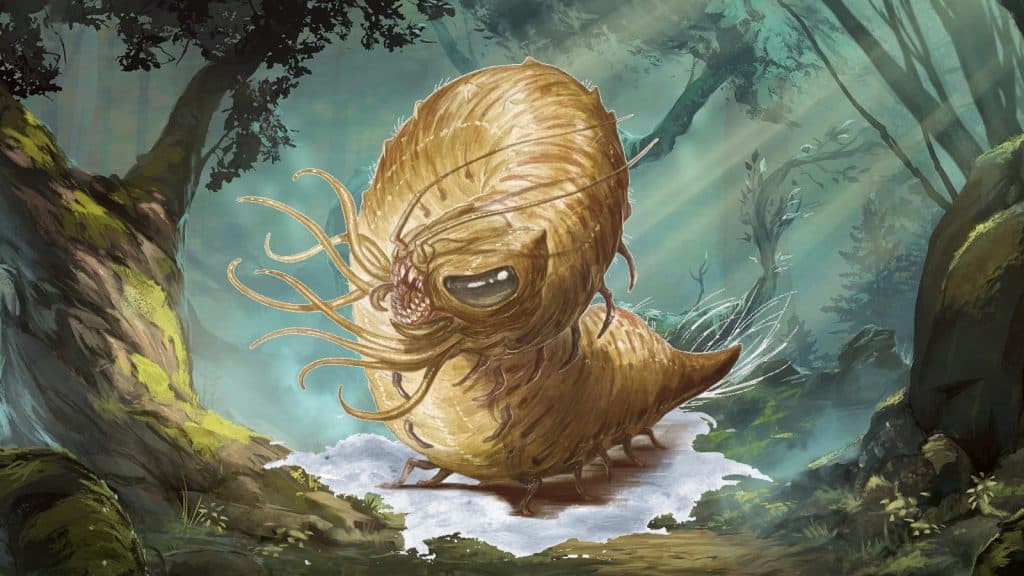 WOTC
WOTCA real horror of a creature, squeamish Pathfinder players may honestly be glad to not have to encounter the Carrion Crawler.
Giant worm-like beasts that strip the dead of flesh and tunnel on in search of their next meal, D&D players may come to dread the stench of death that warns of a Carrion Crawler’s arrival. Pathfinder has no shortage of unsettling creatures to combat, but this one remains solely within D&D’s wheelhouse.
Displacer beast
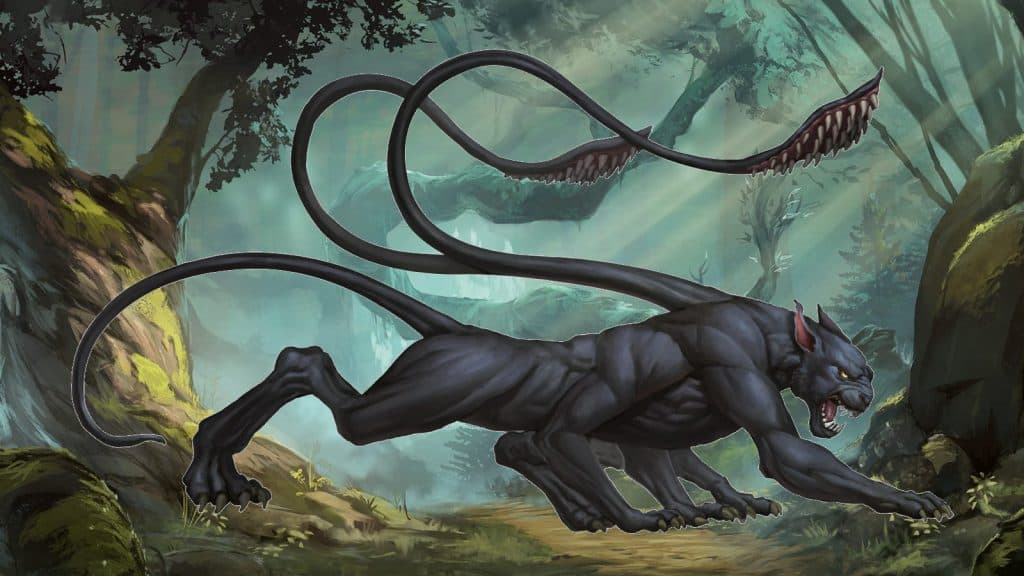 WOTC
WOTCA deadly hunter with illusionary properties. It can be extremely difficult to know exactly where a Displacer Beast is before it strikes, thanks to illusions that obfuscate the beast’s position until it is successfully hit.
These creatures resemble panthers with protruding, sharp-padded tentacles spilling from their backs. As one of D&D’s most imaginative creature designs, Displacer beasts have remained fan-favorite creatures in the years since they debuted.
Mind Flayers
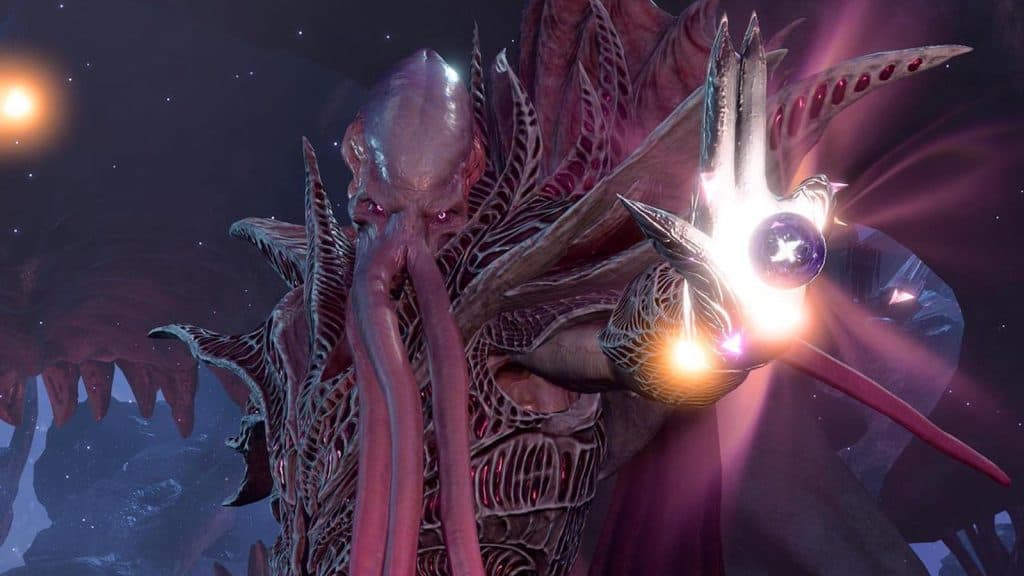 Larian Studios
Larian StudiosRivaling Beholders in D&D’s cultural cachet these days, thanks to both Stranger Things enduring popularity and the soaring success of Baldur’s Gate 3. These empire-building, psionic squid monsters have captured players’ minds both figuratively and literally for decades now.
With BG3 continuing to hit big, Wizards will be looking to keep exclusivity of Mind Flayers for quite some time now, and we’d be surprised if the game is the last we see of these freaky creatures outside of D&D.
Githyanki/Githzerai
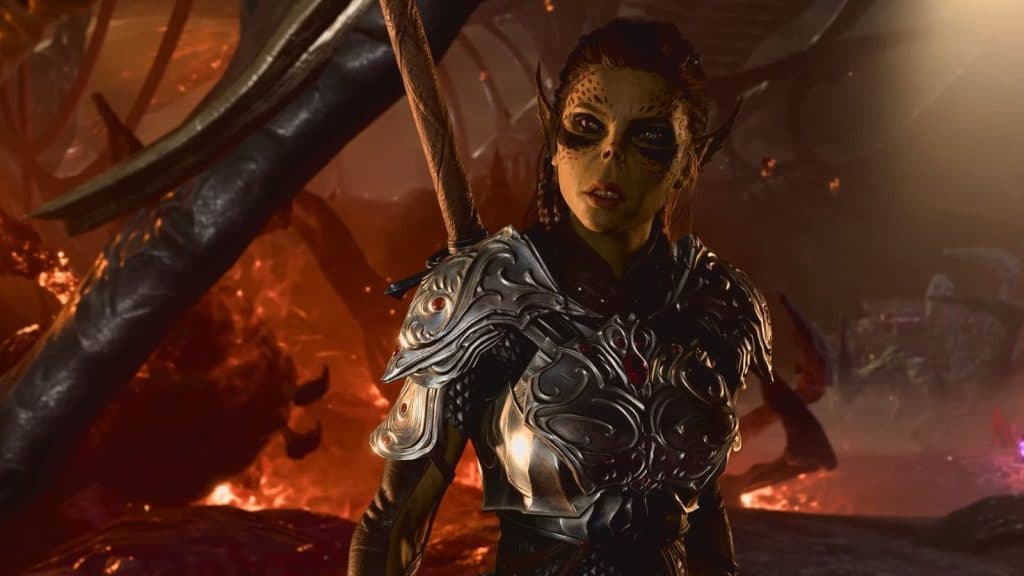 Larian Studios
Larian StudiosIn a further blow to Baldur’s Gate 3 players, the Gith are unable to feature in Pathfinder. While these astral wanderers are somewhat niche in regular D&D settings, their pivotal role in BG3 has catapulted them into instant popularity. Their skills and fierceness can make Gith stand out from the pack.
Gith lore is so tied to Mind Flayers that it doesn’t make much sense to include one without the other, and DMs looking to port either of these creatures over should keep that in mind.
Kuo-Toa
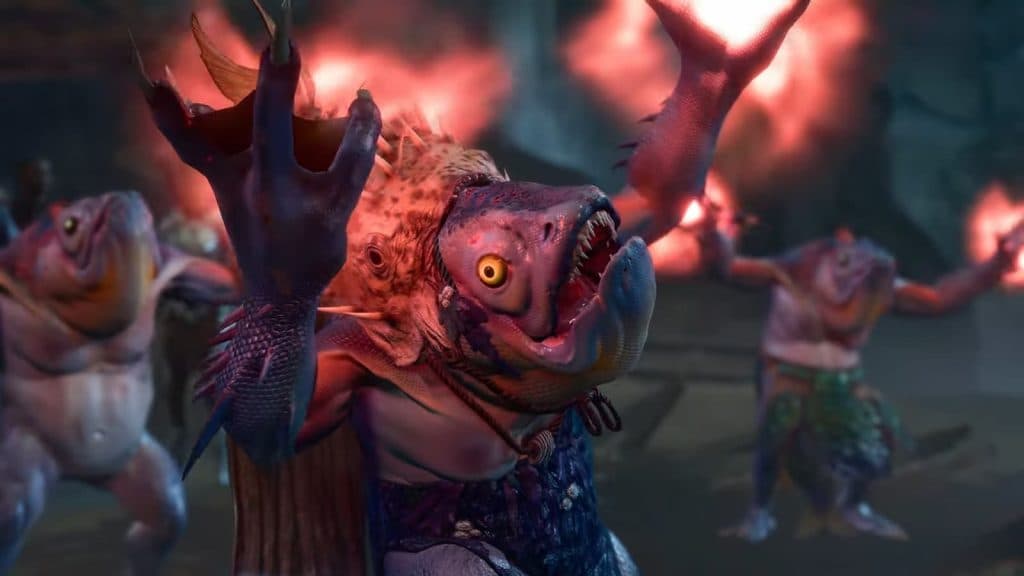 Larian Studios
Larian StudiosWhile they are among the least broadly known monsters on this list, Kuo-toa still cannot be used in official Pathfinder products. Their status as flimsy fish-folk makes them easily replaceable by many small-stakes Pathfinder creatures, but Kuo-Toa lore is a sad loss for Pathfinder.
The power of these creatures’ belief is so strong that they can create and manifest their own gods, albeit often half-formed gods of no real power.
Slaad
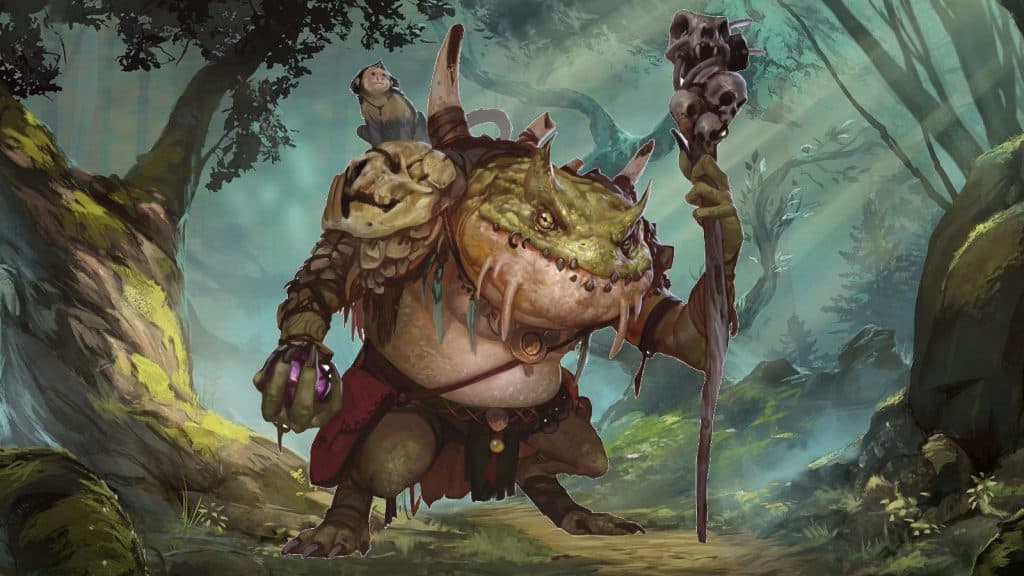 WOTC
WOTCOne of the deadlier threats that a player can face in D&D, an encounter with a Slaad can leave even the toughest hero potentially infected with a soon-to-be-deadly spawn.
Thankfully, Pathfinder players won’t be missing out on much thanks to Slaads’ lack of inclusion in the game. This isn’t to say that these frog-like beasts aren’t memorable threats, far from it. But their ties to chaos and specifically the plane of Limbo mean that players are unlikely to encounter Slaads in most games that lack a plane-hopping element. If the time comes to dive into planar chaos, Pathfinder DMs should be able to whip up a suitable replacement.
Umber Hulk
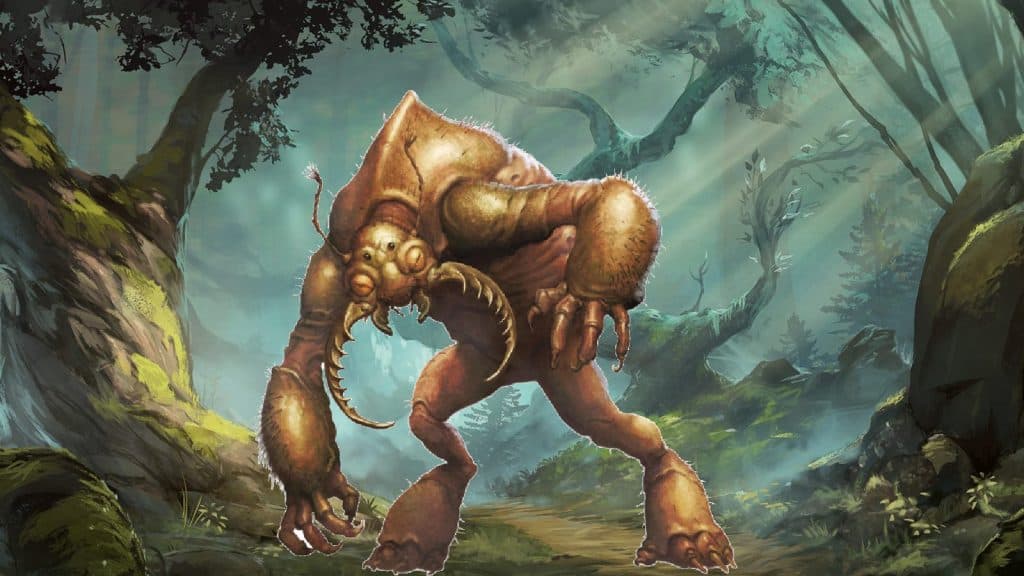 WOTC
WOTCInsectoid burrowing creatures that can ambush players foolhardy enough to venture into the Underdark, Umber Hulks are specific enough to warrant Wizards keeping the rights close to the chest, but generic enough that Pathfinder GMs can whip up a replacement without too much trouble.
Umber Hulks’ most memorable attribute is their confusion-granting gaze, leaving many PCs and NPCs unable to remember a scrap with these beasts. This can potentially serve as a great story hook, but it doesn’t necessarily have to be attached to these specific creatures.
Yuan-ti
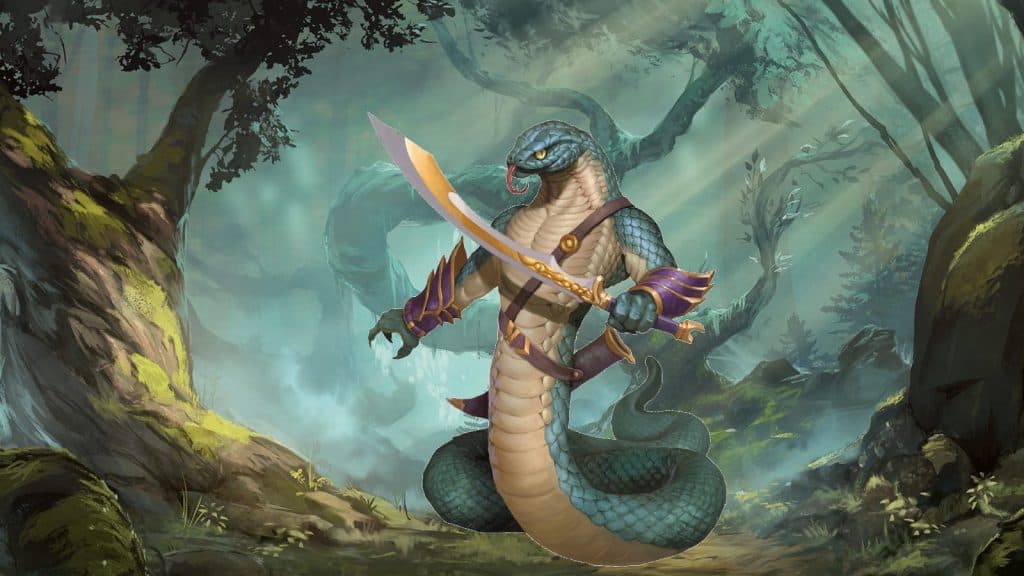 WOTC
WOTCAnother sad loss for official Pathfinder material, both on the players’ and monsters’ side. Yuan-ti are snakelike people who can vary in their serpentine and human attributes. Serving as either potential foes or options for PC races in D&D, Pathfinder players must make do with snake-folk equivalents.
Homebrewing D&D monsters for Pathfinder
While these iconic D&D monsters are unfortunately unable to be used in official Pathfinder products, that’s not to say that crafty DMs can’t find a way to include them in home games regardless. There’s nothing stopping playgroups that have a shared love of Pathfinder and D&D from simply including these creatures in Pathfinder stories, though they may take a little extra homebrewing work to transfer their mechanics and abilities over.
If you click on a product link on this page we may earn a small affiliate commission.